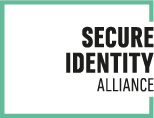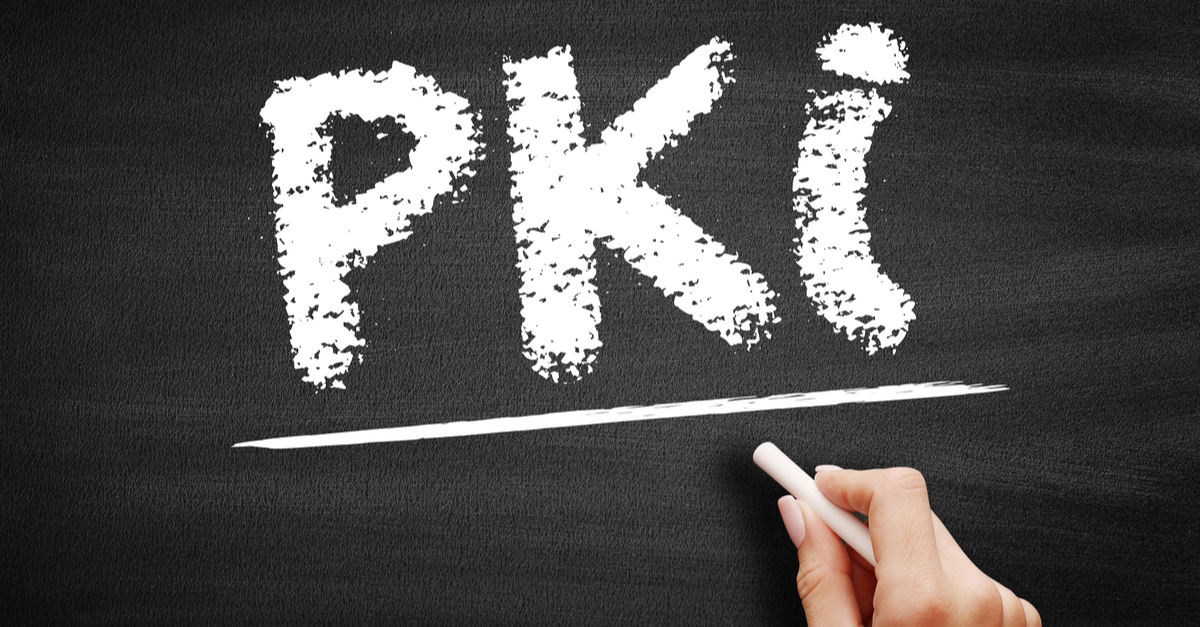Secure ePassport chips result in trust and efficiency
What is ‘PKI’? An introduction
This article can be downloaded default HERE(2.26 MB)
Trust in passports is essential. PKI technology gives strong evidence that information on a secure passport chip can be trusted. This helps authorities issue more secure passports, increase security and throughput at the border, increase automation and catch identity cheats. It can help airports, airlines and commercial parties to check documents and carry out KYC (Know Your Citizen or Know Your Customer). Genuine passengers are more able to demonstrate their true identity quickly. Conversely, identity cheats stand more chance of being discovered.
Threats of passport fraud are real! A genuine document can be lost, stolen or borrowed and used by someone who is not the holder (an imposter or lookalike). A criminal might try to change the photograph or other data about the holder, to turn a passport into his own travel document (a forgery). A false passport might be manufactured (a counterfeit). Someone may make a false application to obtain a passport (a Falsely Obtained Genuine (FOG)). Or someone may steal blank passports which have not yet been personalised (had the holder’s details applied).
Great care is taken to defend passports from such attacks. This includes strong security on the manufacture, storage and delivery of documents; rigorous testing of new passport applications; and advanced security features in passports so that false documents are difficult to produce or use. See Passport Fraud Trends and Ways to Combat Them (Secure Identity Alliance (SIA), 2021); and ICAO 9303 Part 2: Specifications for the Security of the Design, Manufacture and Issuance of MRTDs (see references).
Secure chips improve security and convenience
Many passports and ID cards contain a chip, holding key data about the document and the holder, including the holder’s facial photograph. All of this data is protected by the issuer who includes a cryptographic digital signature on the chip. This signature, when verified, shows that data on the chip comes from the right source and has not been changed. Only the issuer can produce this signature, but everyone who needs to can verify that the signature and the data match. If so, it can be trusted; if not, it can’t. The complete picture is called a Public Key Infrastructure (PKI).


